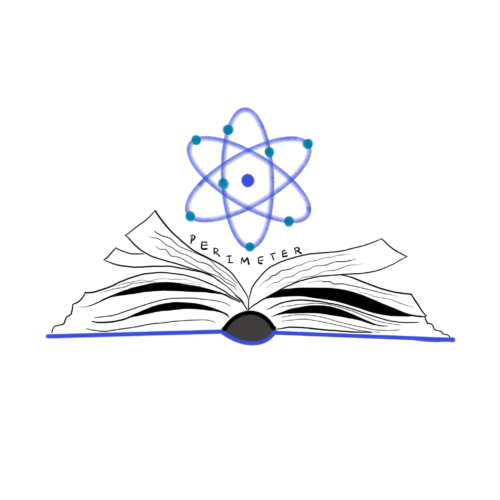Image Courtesy of Kara Tao.
Artist’s Statement:
There is no shortage of poetry about astronomy. As early as the founding of civilization, we have searched for romanticized meanings in our cosmos—we are all made of stardust, or we all see the same night sky, or it’s written in the stars—and tried to create art from it. What struck me, then, about Shannon Hall’s Nature article was not only the beautiful language and metaphors she used to describe our galaxies. Hall took the science of discovery—of hydrogen reionization and rest-optical spectra—and wove it into a story, a real story, about our universe’s genesis. And this story is not so different from our own lives. As the universe transformed from “seething plasma” to “cosmic blackout,” I thought back to my life half a year ago—at home for October break, two months into college, and already feeling that nebulous cloud of adulthood settling over my future. So when Hall wrote about discovering these “Peter Pan galaxies” which not only uncloaked us from darkness, but also continue to light the skies today, I thought that was beautifully poetic. We don’t need to romanticize the stars, and we don’t need to invent far-flung metaphors. All the stories and all the meaning we need—it’s right there above us, if only science teaches us to look.
Cosmic Dawn over I-287
We start as seething plasma, like the mid-June afternoon when we rolled open the car sunroof to scream karaoke lyrics at the neighborhood police. We are seventeen and deathless then, the universe white-slick as our hands outstretched beneath the sun. When our high school valedictorian declares our futures blindingly bright, we throw our graduation caps into the sky and fill the football field with green pea galaxies of boundlessness.
We end as cosmic blackout on I-287, ouroboric in the way a thick fog can block a vehicle’s headlight. When I drive down this October highway, the only galaxies I see are suffocated by suburban light pollution and this blanket of hydrogen / hanging over the universe. The astronomers call it intergalactic, distant bodies and hazy lives of my hometown friends four months and twenty states away, and all I can think about is how adulthood is a dying star, all my potential narrowing and flickering out, when—
supermassive black hole swirling welcomed gravity swallowed harsh radiation tore apart a ‘fog’ violence gnashes the clouds billow-black pulled back when sudden luminosity furious & brilliant & starlight reddening reddening redshift reionization reionization reionization
—Eventually, this dark age ended. When the clouds clear, we find ourselves surrounded by ionizing radiation. Lit green by fledgling stars, these are Peter Pan galaxies, rebirthing us as lone protons and electrons. Which is to say we are for the first time unbounded—whole, charged, free. And I wonder what it would take for us, too, to carve out a pea of possibility in our own hearts. To survive harder and shine brighter, while hurtling lightyears away from where we came. To create our own constellations. Maybe, when the fog lifts, rendering stars and galaxies visible for the first time, it’s just us discovering the radiance that was there all along.

